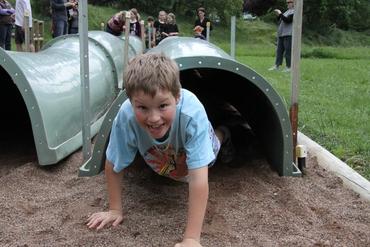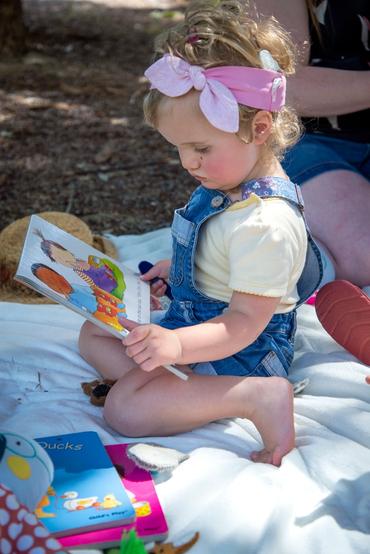A New discourse of Language Development in Deaf Children.
Children learning to communicate may benefit from using multiple modes of language- gestures, signs, spoken words and writing.

What was this paper about?
The language development of deaf and hard of hearing children has changed dramatically over the past 30 years. This paper reflects on a wide range of studies from throughout this period. It comprehensively explores the psychological processes related to language development and education for deaf and hard of hearing children.
Spoken language is becoming increasingly accessible to many deaf infants. This is due to early screening, diagnosis and intensive intervention and support, as well as advances in hearing aids and cochlear implants.
What were the key findings?
- There is an increasingly diverse population of deaf and hard of hearing children who may benefit from flexible, bilingual approaches to language learning.
- These approaches could help support families at the stage of early intervention and provide the best long-term results for deaf and hard of hearing children.
- Children learning to communicate may benefit using multiple modes of language- gestures, signs, spoken words and writing.
- Spoken language is becoming increasingly accessible to many deaf infants due to early screening, diagnosis and intensive intervention and support, as well as advances in hearing aids and cochlear implants.
Where can I read more about this paper?
From Sign Language to Spoken Language? A New Discourse of Language Development in Deaf Children
Printable 519 KB PDF



